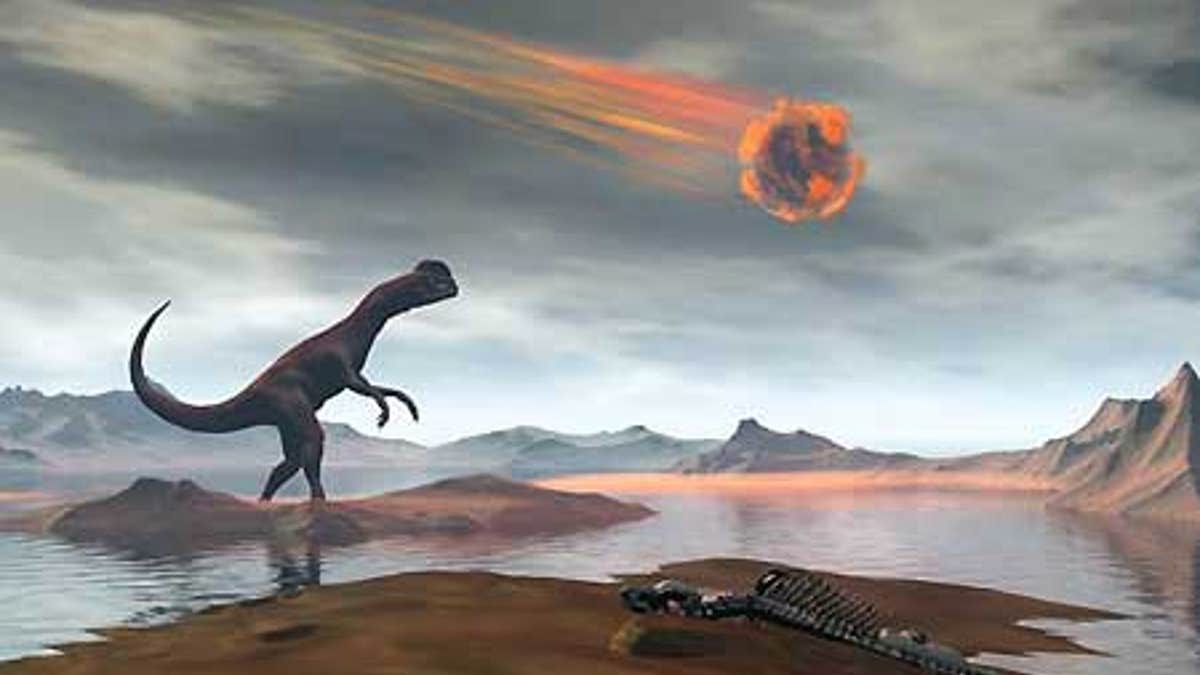
New research suggests that dinosaurs wiped out 66 million years ago by an asteroid or comet may have also faced another natural disaster during their demise.
A study published in the journal Science suggests that dinosaurs were finished off by volcanic activity in a mountainous region of India known as the Deccan Traps. Scientists have long believed that a six-mile wide object crashed into the planet, but the new information provides a new outlook on the end of the Cretaceous period.
Scientists know that a large volcanic phenomenon was happening in India, spreading lava across the Deccan Traps around the same time the object hit. The recent dating of rock formations show the lava flow began before the impact. The Washington Post, citing the study, reports the asteroid or comet didn’t initially cause the eruption, but could have intensified it.
The combination of sulfurous gas and dust, paired with the impact, created a massive climate change as the sun’s rays were blanketed out.
The impact of the object, known at the Chicxulub impact, created magnitude-11 earthquakes near the Yucatan peninsula in Mexico, scientists say. Magnitude-9 earthquakes may have been felt worldwide. The remains of whatever object crashed into Earth during that time has left traces at the tip of the Yucatan.
The new study is based on measurements dating layers of volcanic rock to track the progress of the Deccan Traps that were more accurate than any made before.
"Based on our dating of the lavas, we can be pretty certain that the volcanism and the impact occurred within 50,000 years of the extinction, so it becomes somewhat artificial to distinguish between them as killing mechanisms: both phenomena were clearly at work at the same time," said lead scientist Professor Paul Renne from the University of California at Berkeley.
Study co-author Professor Mark Richards of the University of California at Berkeley, also said an earthquake similar to the size of the one that struck Japan in 2011 could have also ignited the Deccan Traps volcanoes.
"If our high-precision dates continue to pin these three events - the impact, the extinction and the major pulse of volcanism - closer and closer together, people are going to have to accept the likelihood of a connection among them,” he said.”
There are still some gaps in the recent data, but these events “could have been exactly at the same time,” Richards said. If true, it would suggest causality and not random coincidence.
